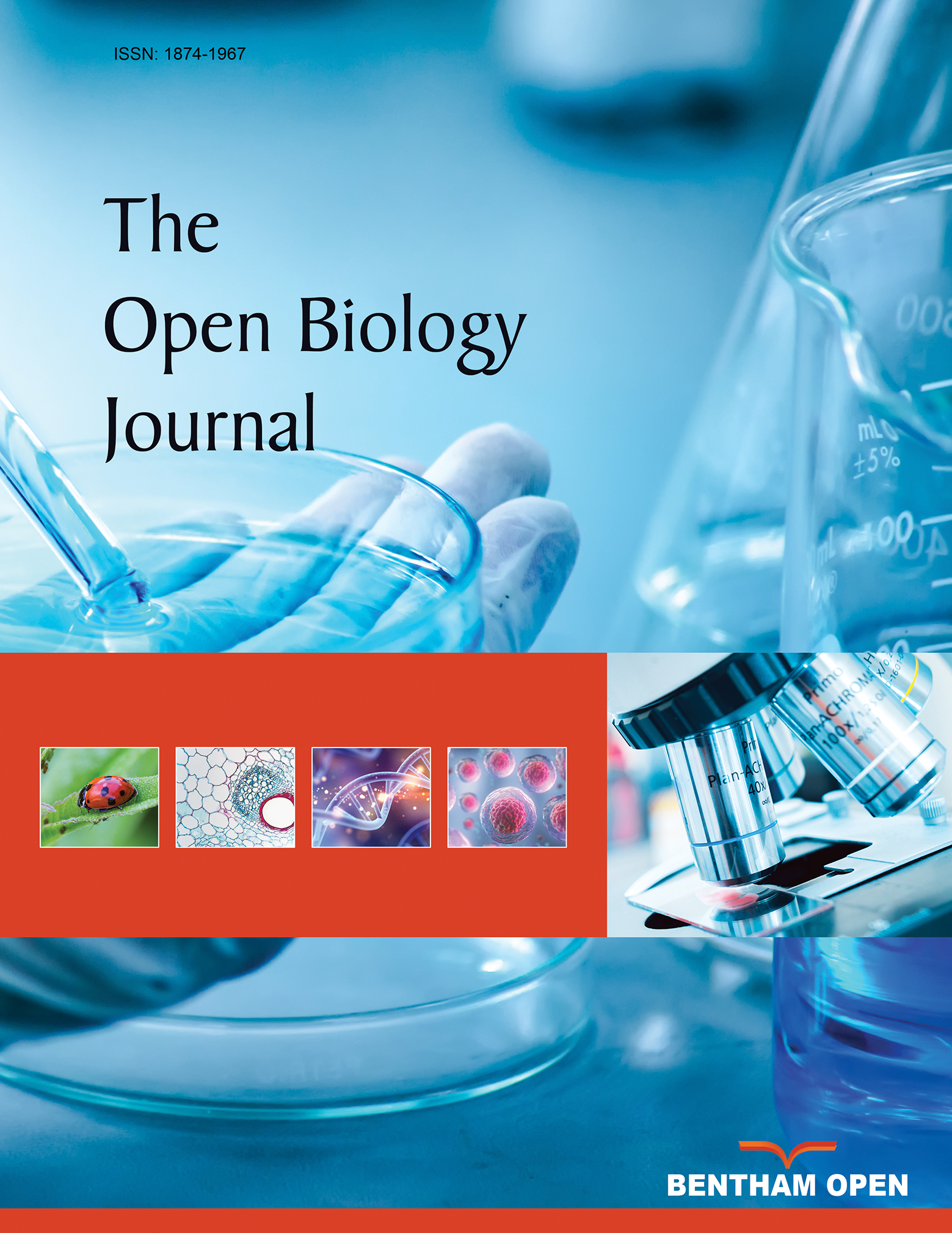All published articles of this journal are available on ScienceDirect.
Editorial: Ion Channels of Mature Human Erythrocytes
Abstract
Ion channels in the plasma membrane serve multiple functions such as setting the membrane potential, adjusting the cell volume and the intracellular electrolyte concentrations or eliciting versatile cytosolic Ca2+ signals. Channel activities regulate many basic cellular processes. Among those are cell proliferation, migration, differentiation and apoptotic cell death. Although devoid of nuclei and mitochondria, mature mammalian erythrocytes maintain a full set of functional ion channels in their plasma membrane.
This special issue of The Open Biology Journal focuses on ion channels in the membrane of mature human erythrocytes, their regulation and their putative functions. Mature human erythrocytes travel about 100 miles and circulate more than 100.000 times through the body during their normal life span of 120 ± 4 days. The most obvious task thereby is the transport of blood oxygen and carbon dioxide as well as buffering of the pH in the blood. These functions depend on carboanhydrase, hemoglobin and band 3 anion exchanger. The latter two are the most abundant proteins in the erythrocyte cytosol and membrane, respectively. Because of this high abundance of hemoglobin which accounts for 98% of the cytosol protein content and because of the substantial absence of intracellular organelles, mature human erythrocytes are commonly simplified to hemoglobincontaining sacks.
In sharp contrast to this view, increasing numbers of proteins are identified in mature human erythrocytes. Among those are proteins that build up signaling cascades. Outside-in signaling via membrane receptors such as purinergic receptors, as well as inside-out signaling via release of, e.g., ATP has been reported (see the article of Duranton et al. in this special issue). Moreover, intracellular signaling molecules such as protein kinases, have been unequivocally demonstrated to be functional suggesting that mature human erythrocytes are endowed with complex signaling similar to nucleated cells.
As an example, circulating erythrocytes are cellular sensors of the oxygen tension and mechanical stress. Decline in oxygen partial pressure results in release of ATP regulated, presumably, through Gs protein, adenylcyclase and protein kinase Adependent activation of the ABC transporter CFTR. The released ATP, in turn, triggers vessel dilatation via formation of nitric oxide by the endothelium. Nitric oxide also negatively feeds back to the erythrocyte where it down-regulates ATP release. Hence, by releasing ATP at decreased oxygen pressure erythrocytes adapt the microcirculation to the oxygen consumption.
In addition to ATP release, signaling via adenylcyclase and protein kinase A activates a CFTR-associated anion channel in mature erythrocytes (reviewed by Bouyer et al. in this special issue). Moreover, mature human erythrocytes activate organic osmolyte and anion channels via ATP release and autocrine purinergic signaling which is reminiscent of the activation of osmolyte channels in nucleated cells upon cell swelling (reviewed by Duranton et al. in this special issue). This indicates that mature human erythrocytes functionally express ion channel-regulating pathways similar if not identical to those implemented in nucleated cells.
Erythrocyte ion channels are also involved in sensing cellular stress. Shumilina and Huber report in this special issue that cellular stress such as oxidative stress activates ClC-2, a further type of anion channel in the erythrocyte membrane which participates in the cellular stress response.
Being largely silent under resting conditions, erythrocyte channels may build up membrane conductances in the nS range upon various signals (such as oxidative stress). A strong activator of erythrocyte ion channel activity is the intraerythrocytic amplification of the malaria parasite Plasmodium falciparum. Accordingly, most of what we know about the electrophysiology of ClC-2, the CFTR-associated anion channel, and the organic osmolyte and anion channel in human erythrocytes came from whole-cell and single-channel recording in Plasmodium-infected cells. The data on ClC-2, the CFTR-associated channel and the osmolyte channel are discussed in this special issue by the articles of Shumilina and Huber, Bouyer et al., and Duranton et al., respectively.
The fourth article in this special issue, the article of Lars Kästner, summarizes our current knowledge about the cation channels in erythrocytes. Mature human erythrocytes express KCa3.1 (Gardos) K+ channels, different types of nonselective cation channels including TRPC6 and NMDA receptors. In addition circumstantial evidence hints to the expression of the voltage-gated Ca2+ channel CaV2.1 in human erythrocytes. Besides the comprehensive catalogue of the erythrocyte channel types, the article of Lars Käster gives a rewarding compendium about the history of channel research in human erythrocytes.
Taken together, this special issue provides an overview of the unexpected diversity of erythrocyte ion channels that endows these small enucleated cells with a toolkit for electrosignaling. This toolkit enables erythrocytes to quickly respond to internal or external stimuli with changes in cytosolic free Ca2+, de- or hyperpolarization of the membrane, cell swelling or shrinkage, or release of channel-permeable solutes such as ATP. Moreover, the ion channels are integral modules of complex programs such as oxygen-regulated ATP release. Malaria is one example how such programs are exploited by the parasite, to adapt the erythrocyte cytosol to its needs.


